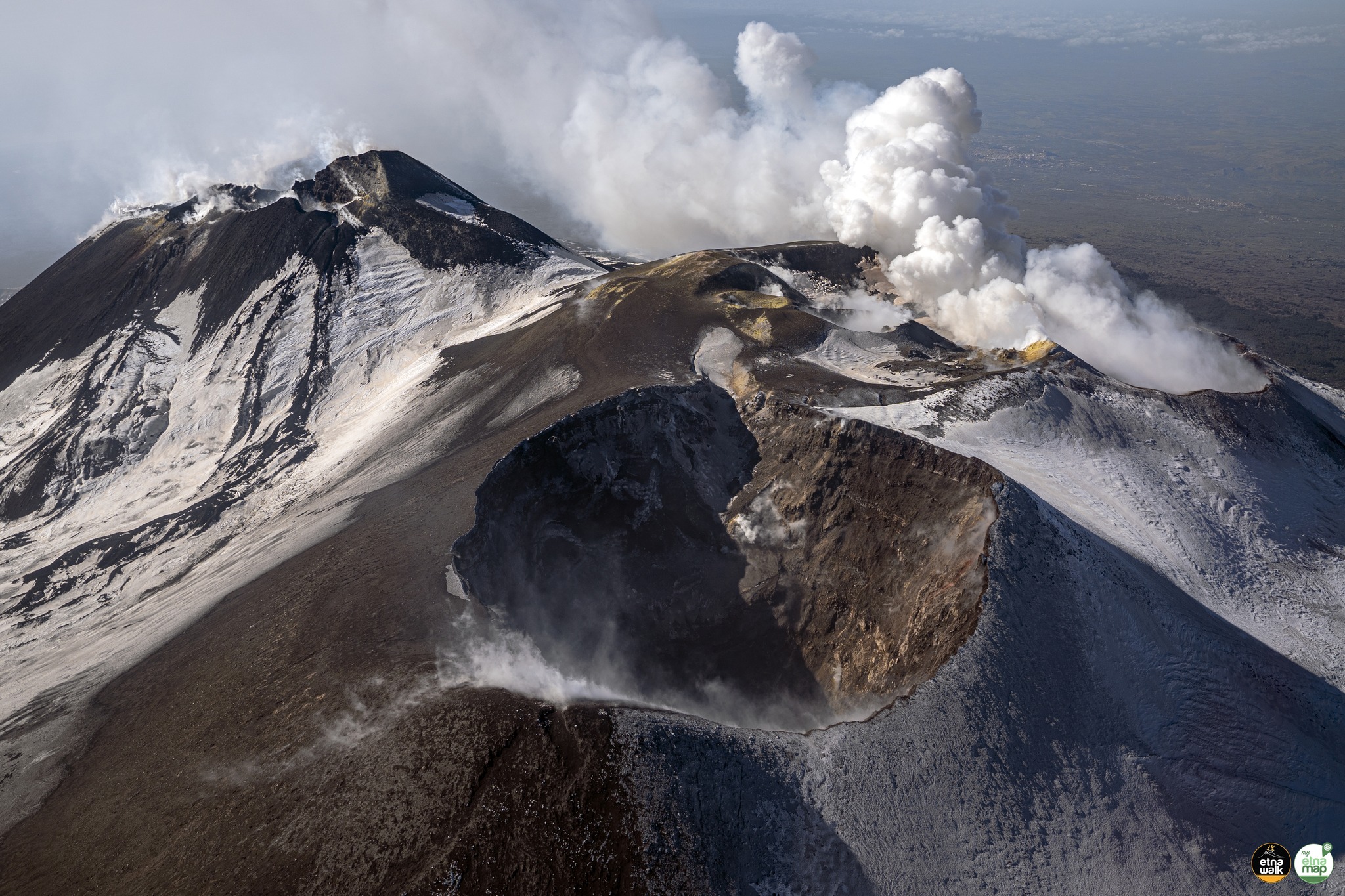May 31, 2023. EN. Italy / Sicily : Etna , Italy : Stromboli , Chile : San Pedro , Colombia : Nevado del Ruiz , Costa Rica : Rincon de la Vieja .
May 31 , 2023. Italy / Sicily , Etna : Communique on the activity of Etna, May 30, 2023, 14:20 (12:20 UTC). The National Institute of Geophysics and Volcanology,…

